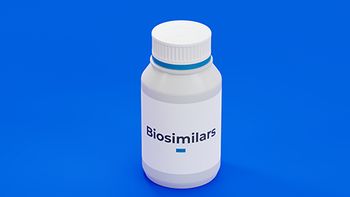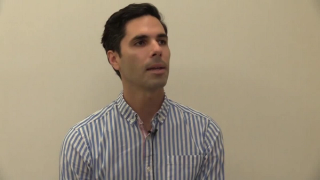
Market Access
Latest News

Latest Videos

More News

This year’s conference—taking place in Washington, DC— will prioritize the tackling of business, economic, and healthcare policy obstacles when it comes to decision marking and net revenue optimization.

How can industry stakeholders ensure the quality and supply chain security of existing product?

The new vials of Zepbound are available through a new self-pay pharmacy channel, priced over 50% lower than other incretin medications for obesity.

By 2026, the first 10 drugs for individuals with Part D coverage—whose medications are mainly used to treat cancer, diabetes, and heart disease—will see discounts off of list prices ranging from 38-79%.

A lack of access could shut out patients in need of maintenance drugs for complex conditions.

What does the legislation mean for patient access leaders, pharma brand managers, and patient service owners? Industry experts weigh in.

Making sense of the accelerating trends and challenges—including store closings, pharmacy deserts, and the rise of polypharmacy.

Balancing innovation focus with optimized decision-making.

Investigators evaluate differences in end-of-life care between Medicare beneficiaries in Medicare Advantage vs. traditional Medicare.

How teamwork among safety-net healthcare providers and pharma can make the difference.

An economic evaluation study assesses these costs by therapeutic class, while identifying trends in pharma R&D intensity over time.

A longitudinal observational study examined whether the program was related to access to hospital-based services, while determining if that association differs by hospital ownership.

Mark Bouck discusses PharmAlliance’s latest acquisitions, while reiterating its goals surrounding health economics and outcomes research.

In this Pharmaceutical Commerce video interview, Blake Powers, CEO of Medigi, explains how digital formats help manufacturers better manage price based on real-time data, along with the impact of NDC-specific price dexterity.

In this Pharmaceutical Commerce video interview, Blake Powers, CEO of Medigi, discusses his first byline with the publication, along with why the industry may be stuck in its ways in certain aspects.

The impact of income-based price controls in healthcare.

An analysis of the general medicine portion of the pharmacy market amid ensuing challenges.

The courts reversed certain key guidance documents issued by the Health Resources and Services Administration for the 340B Program, which raises uncertainty.

A cohort study investigates how the use of a murine chimeric monoclonal antibody biosimilar—as opposed to the original biological drug—affects healthcare expenditures.

A difference-in-differences analysis explores the correlation between direct-acting antiviral prescriptions for hepatitis C virus and the softening of state-level limitations.

In an interview with Pharma Commerce Editor Nicholas Saraceno, Ed Schoonveld, Value & Access Advisor, Schoonveld Advisory, offers his thoughts on lower drug prices in the US and provides a sneak peak into future PC features.

In an interview with Pharma Commerce Editor Nicholas Saraceno, Ed Schoonveld, Value and Access Advisor, Schoonveld Advisory and author of The Price of Global Health, explains why pharmaceutical products tend to cost more in the US than the rest of the world.

Although AI has simplified various market access processes, this technology does also present its share of barriers, so what can be done to find a happy medium?

The two company’s will provide consumers with a platform where they can compare drug prices.

Patients should not have to wait to access the medication they need.






